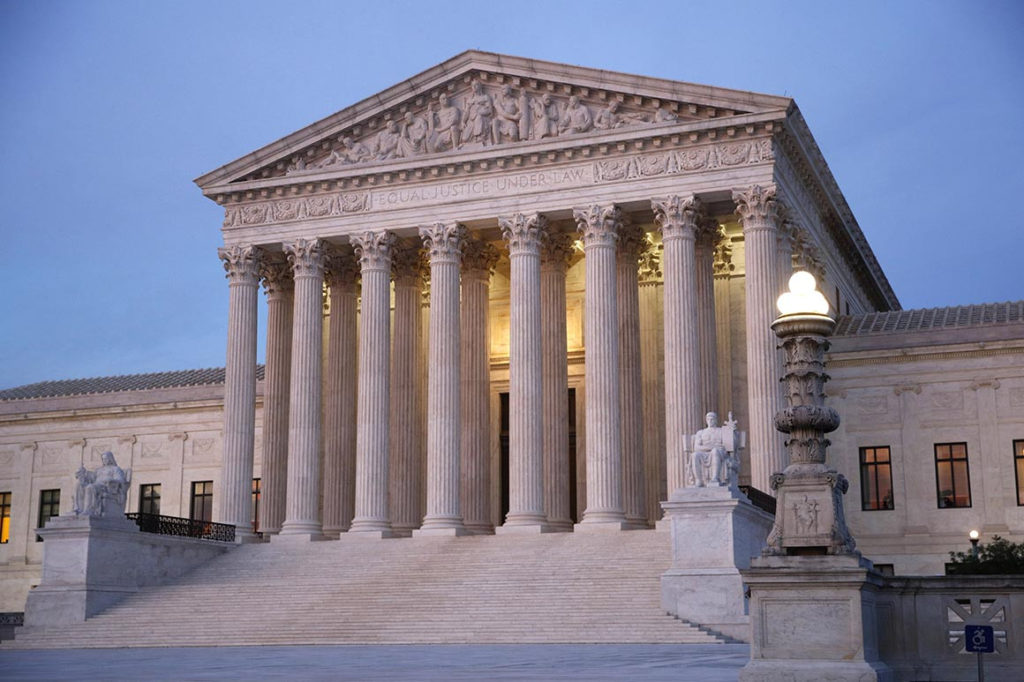
According to the Chinese zodiac, 2020 is the year of the rat. It is about time the rats that live in the river dorms finally receive the recognition they deserve. For once, living in the decrepit hunk of cinderblock that is the Choates seems fairly good by comparison.
In light of this Lunar New Year, I wanted to explore a topic that deeply concerns the Chinese-American community: affirmative action—the practice of favoring college applicants who belong to groups that have historically been discriminated against. Chinese-Americas, and all Asian-Americans in fact, tend to view affirmative action as an injustice; they find it more difficult when applying to colleges due to the large number of competitive applicants among their ethnicity. However, one cannot claim that the program is unjust simply due to this. What are the arguments for and against affirmative action, and what leads to partisan disagreement on the issue?
Those who support affirmative action do so for two main reasons. First of all, affirmative action increases ethnic diversity on campus (traits such as sexual orientation are often taken into account as well, but race is the predominant factor in most cases). I think we can all agree that natural diversity in a community is a good thing. Specifically, in an educational community, it leads to a greater breadth of cultural learning, new forms of constructive discourse, and more variation within that community.
The second reason that some support affirmative action is because the practice serves as a reparation to groups that have been victims of discrimination in the past. The idea is that institutionalized discrimination, such as our country’s unjust enslavement of African Americans, has denied opportunities to the entire ethnic group, casting them into lower social and financial status in society. Thus, by giving them more opportunities, the effects of the discrimination are undone. Supporters of affirmative action view the policy as a means to “level the playing field.”
This second reason is the main root of disagreement that has caused the policy to become a deeply partisan issue. While most Democrats view affirmative action as a way to rectify the wrongs of widespread discrimination, Republicans view the policy as an act of discrimination in itself. Why is this the case? This partisan divide ultimately stems from differences between the moral philosophy of liberal and conservative ideologies.
Liberal morality follows an “actual society approach”—the ideology looks at how society is in its current state and tries to address issues accordingly. This leads them to view racial inequality as the primary racial injustice. Conservative ideology follows to the “ideal society approach”—in other words—the ideology views racial discrimination as the primary racial injustice. Thus, it is evident why conservatives would view affirmative action unfavorably: by favoring one demographic over another, no matter if they are part of the majority or minority, the action is discriminatory and violates their moral code. As Chief Justice John Roberts famously stated in Parents Involved in Community Schools v. Seattle School District No. 1 (2007), “The way to stop discrimination on the basis of race is to stop discriminating on the basis of race” (emphasis added). From a liberal perspective, since opportunity is not always equal for people of differing race and socioeconomic status, affirmative action will correct this imbalance to offset inherent inequality.
The liberal point of view uses the principle of regression towards the mean to explain how affirmative action will swiftly correct for racial inequality. Regression towards the mean states that under the circumstance of many trials, the average of those trials will eventually approach the mean (the actual true value).
Since many minorities have been displaced to the lower end of opportunity due to systematic oppression, liberal logic states that by using affirmative action to continually place them above the mean—giving them easier access to more competitive schools—eventually the average academic performance of these minorities will approach the actual average academic performance in society. When these two means of academic performance are equivalent, then affirmative action is no longer needed. This is logically sound reasoning, and everyone should be in favor of equal opportunity for those of all demographics (this operates under the assumption that all races are equally capable of the same level of academic performance, which I believe to be the case).
A conservative, however, would contend that regression towards the mean works in both directions. Since opportunity is currently lower than the mean for those groups who were previously oppressed, but their intellectual capacity is essentially the same, regression towards the mean would then cause the academic performance of those historically disadvantaged to regress upwards towards the mean. By doing nothing, and not having an affirmative action in place, academic performance could potentially still become equal, without putting currently higher-performing individuals at a disadvantage in the present. Both veins of reasoning are rooted in logical justification and consistent with their moral philosophy—it then becomes an argument of speed of each respective method.
However, disagreements over affirmative action are not exclusive to moral arguments alone; the legality of the issue is also a topic of discussion. Liberals will say that the policy is entirely legal, while conservatives will say that it is unconstitutional. The Fourteenth Amendment of the Constitution contains the Equal Protection Clause: “No State shall … deny to any person within its jurisdiction the equal protection of the laws.” This clause has been interpreted to mean that states must guarantee the same rights, privileges, and protections to all of its citizens, regardless of race. In Grutter v. Bollinger (2003)—arguably the most important affirmative action case ever decided—the Court held in a 5-4 ruling that a school’s use of “narrowly tailored use of race in admissions decisions to further a compelling interest in obtaining the educational benefits that flow from a diverse student body is not prohibited by the Equal Protection Clause.” In short, does the Fourteenth Amendment allow for the positive consideration of race or does it explicitly prohibit any consideration?

The Court was split by ideology, with the more conservative-leaning justices dissenting from the decision. This ideological divide can be attributed to varying ways to interpret the Constitution. Liberal ideology practices view the Constitution as a living document—the idea that it is dynamic in its meaning and that its interpretation can change as society changes. Conservative ideology practices original intent—they view the Constitution as a static document and interpret it using what they believe to be the Founders’ original purpose of its language at the time of ratification.
When taking these two separate approaches into account, it is evident why there is disagreement over affirmative action’s legality. Liberals say that there is racial inequality in current society, so the Equal Protection Clause can be interpreted loosely to allow certain forms of racial discrimination—affirmative action—to achieve equal protection for all. Justice Sandra Day O’Connor said in her majority opinion, “25 years from now, the use of racial preferences will no longer be necessary to further the interest approved today,” supporting the idea that the Constitution can change in its meaning. Conversely, conservatives will say that the Equal Protection Clause originally understood to outlaw all racial discrimination, thus, as Justice Clarence Thomas famously replied to Justice O’Connor in his dissenting opinion, “While I agree that in 25 years the practices of the Law School will be illegal, they are, for the reasons I have given, illegal now.”
Those who are affected by affirmative action tend to either support or oppose the policy solely due to its personal benefit or detriment—a very one-dimensional point of view. If one did not know their race, gender, sexual orientation, wealth, or social status when weighing the issue, would this change their outlook on the policy? After looking deeper into the policy’s arguments at the partisan level, I challenge those to view affirmative action behind a veil of ignorance so that they can truly weigh both sides of the issue. Why is this important?
Before disputing a political topic, it is important to understand the opposing view. If terms are defined differently, the discussion digresses into hostile partisan bickering. In regards to affirmative action, there are plausible arguments to both sides, as there are for most issues. Both sides of the political spectrum acknowledge that the ideal society is one that is free of racial injustice and both sides are ultimately striving to improve the state of society with the same end goal of arriving at an ideal world—views simply differ in the means to get there. Take this into account when you’re having your next dinner table political discussion at FoCo.

Be the first to comment on "Bridging the Gap: Affirmative Action"